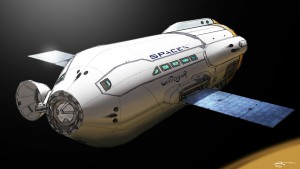The next big step for humanity is to colonize Mars. It’s very dry, dehydrated planet with average surface temperature of -67°F. Both poles, north and south can reach as low as – 234°F. The reason for those temperatures is thin atmosphere. It’s too thin to preserve heat or to breathe. Mars will be have hard to colonize but we still persisted it has to be Mars. There are many reasons why we chose mars which include the similarities between our two planets. The availability of water, the diagnosis for generating food, oxygen, and building materials on-site. And there’s even the long-term benefits of using Mars as a source of raw materials and terraforming it into a live able environment.
Benefits:
- A Martian day is 24 hours and 39 minutes, which is very similar to earth. Astronauts will not feel much difference in time.
- Mars axial tilt is very similar to Earth’s. Mars also has 4 seasons but they are longer.
- Growing food on Mars will work well similar seasons. Colonist would experience a “growing season” or “harvest season”.
- Mars is the closest planet to Earth than other Solar Planets
- Opposition – i.e. when they are closest to each other. Making certain “launch window” ideal for sending colonists.
- Vast reserves of water in the form of ice.
Challenges:
- Average temperature. Temp can reach 20°C midday at the Curiosity site but at night may be as low as – 70°C.
- 40% of gravity compare to Earth. The effects of zero-gravity on the human body are quite profound. Loss of up to 5% muscle mass a week and 1% of bone density a month
- Unbreathable planet. About 95% of the planet is carbon dioxide.
- No global magnetic field




